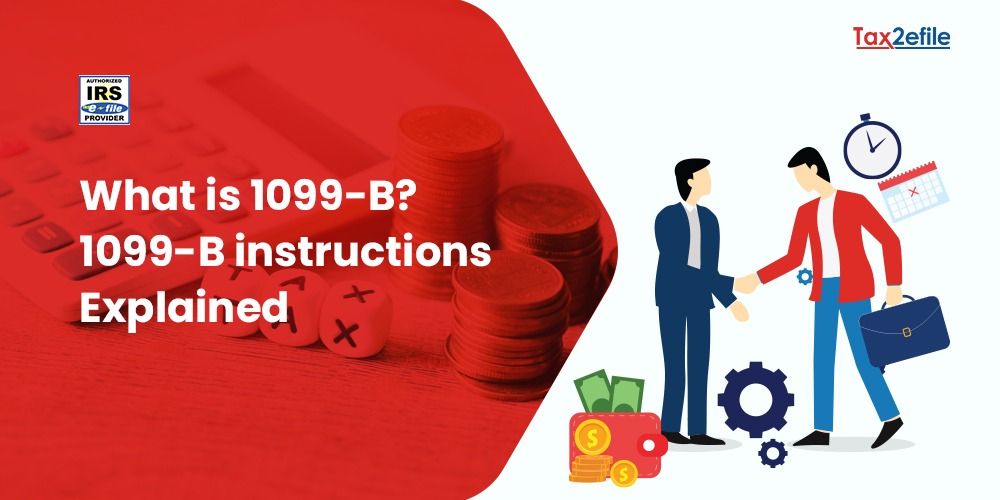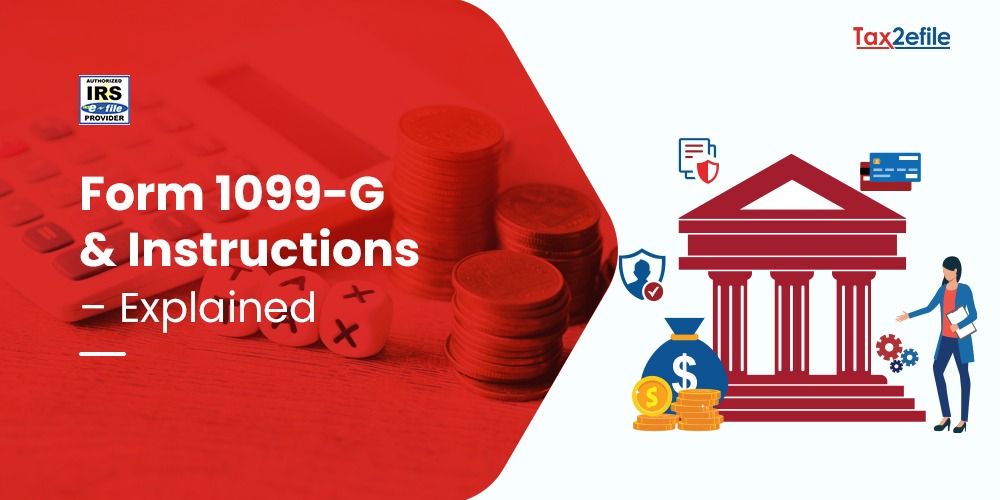- March 7, 2022

The IRS Form 1099- OID is used to report Original Issue Discount that is associated with the debt instruments and it is used to report income when the notes, bonds, and certificates of deposits mature. The OID is the difference between the face value of the debt instrument and its original cost. The face value of the instrument at the time of its maturity will be higher than its original value and this is regarded as a taxable interest by the IRS. This is expected to be reported by the taxpayer in Form 1099- OID.
Table of Contents
Who should file Form 1099- OID?
Taxpayers should file Form 1099- OID if their original issue discount that can be included with their gross income is about $10. It should also be filed for any person for whom the taxpayer withheld and paid foreign tax on OID. Also, it should be filed for those to whom the taxpayer withheld the federal income tax under the backup withholding rules, even if the amount of the OID is less than $10.
How should you file Form 1099- OID?
The Original Issue Discount of the debt instrument is a taxable interest and it accrues over the life of the bond, irrespective of the payment receipts from the issuer.
Box 1: Reports the amount of OID that is allocated during the tax year.
Box 2: Reports the actual interest paid on the debt instruments during the tax year, apart from the OID amount.
If there are amounts filled in both Boxes 2 and 8, then the amount entered in Box 2 refers to the interest on the US Treasury obligation and this is also exempt from both the local and the state income taxes.
Box 3: Represents the penalty for early withdrawal of the bond or debt instrument. The amount that is reflected here will be carried forward to Schedule 1 as income adjustment.
Box 4: Reports the federal tax withholdings and the backup withholdings related to the interest paid.
Box 5: Reports the market discounts that are available for the covered securities.
Box 6: Reports the acquisition premium of the year, that decreased the amount of OID. This is considered to be a taxable interest and is noted as an OID adjustment on Schedule B of Form 1040.
Box 7: This box shows the description of the instrument, along with its identification number, rate of interest, year of maturity, details of the issuer, etc.
Box 8: Reports the original issue discount on the US treasury obligations for the tax year.
Box 9: Reports the investment expenses and this is for informational purposes only.
Box 10: It shows the bond premium paid for the taxable securities, paid for the year.
Box 11: Reports tax-exempt OID.
Boxes 12-14: Renders information on state withholding, that is relevant to the income.
All those whose bonds and certificates of deposits have attained maturity should file Form 1099- OID, as it reports the interest yielded from the bonds with the IRS and reports taxes on the same. The best way to e-file Form 1099-OID with credible service providers such as Tax2efile. They help with accurate and on-time tax filing, avoiding the hurdles of late filing and related penalties. If you are filing an electronically 1099-OID form then the due date will be March 31st during the tax year.


